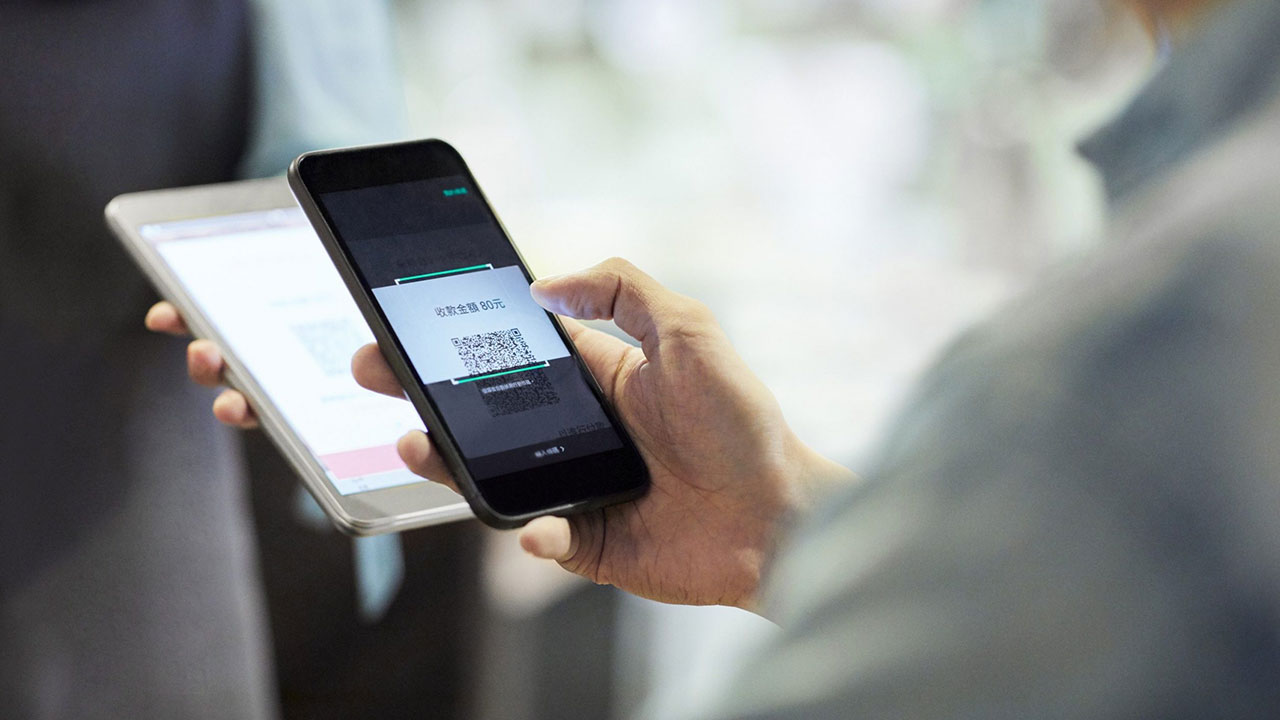Mobile payments are predicted to continue reaching record levels, year-on-year for the foreseeable future and the most successful brands will be those that are able to best engage with users on their mobile devices to drive sales.
Until NFC enabled smartphones reached a critical mass, QR codes (or other 2D bar codes) were the most effective option however these required the additional effort for the users of having to download special QR code reader, scan the QR bar code and tap on a link in order to access the content.
Many felt that NFC would emerge on the back of inclusion in the iPhone 5 with early rumours indicating it would be there however Apple chose to go in a different direction at the time and it will be interesting to see if Apple will include NFC on the iPhone 6.
As time has passed, Apple’s grip on top spot as the leading smartphone manufacturer is starting to loosen with Android powered phones winning market share across the World giving NFC the critical mass that it requires to become a consideration for marketing companies and brand promotions.
The added simplicity of NFC engagement will also increase its appeal, despite the added cost of including the RFIC chip on the marketing collateral. As a frictionless technology, when the user sees a piece of media with a call to action, they can simply tap or wave the phone across an area approximately 8 inches away and the chip will automatically interact with the phone. There is no need to download an app or visit a website, all of the content is passed via the NFC chip.
A recent article on Mobile Commerce Daily reported on NFC program pilots undertaken by Kraft in the USA which showed significantly higher engagement levels compared to QR codes.
For their NFC pilot, Kraft used RFID chips that could be read by NFC-enabled smartphones and placed these on shelf signage right in front of their Kraft cheese and Nabisco cookie brands. The shelf-talkers presented a call-to-action which invited consumers to tap their smartphones to access dynamic recipe content, share their experience on Facebook or download the i-Food Assistant app.
Increased Engagement Levels
The Kraft NFC pilot, which was run for one month, was developed to explore the “tap and engage” experience that was on offer with NFC vs QR codes.
The results from the pilot showed that the overall NFC “tap” engagement level was 12 times higher than with QR Codes (which were also included on the signs). More than 36 percent of consumers who tapped the NFC chip, converted into an action, such as downloading the app, saving a recipe or sharing with friends.
Additionally, NFC increased brand engagement with consumers spending 48 seconds engaged when NFC was involved compared to the traditional 5-10 seconds of brand engagement at the supermarket shelf.
NFC chips present a great opportunity for brands to increase engagement using mobile devices.
When compared to QR codes, over 92 percent of the interactions were with NFC during the Kraft NFC pilot which clearly shows that even though NFC isn’t yet supported on the Apple iPhone, it still represents a viable avenue for mobile marketing.

